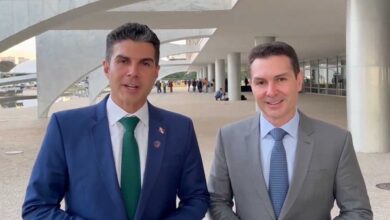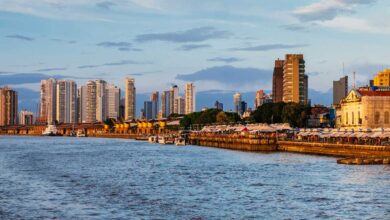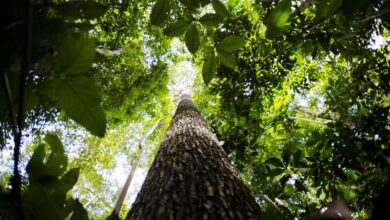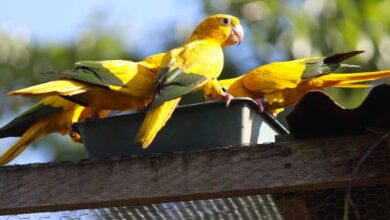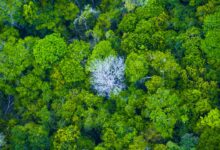
In Pará, bioeconomy will bring a new era for the transformation of forest use from 2023
In 2022, the Secretariat for the Environment and Sustainability (Semas) built in a transversal and multisectoral way the path that will be followed in the coming years. The focus is on implementing nature-based solutions to transform the existing economy into a low-carbon economy that values traditional knowledge, through the State Bioeconomy Plan. PlanBio was launched during the 27th United Nations Climate Conference, COP 27, held in Egypt in November.
Construction– The constructive path was a differential brought by Pará, which is the only state in Brazil to have a bioeconomy plan. Throughout the elaboration process, which took more than five months, PlanBio was actively listened to by forest peoples, private and public initiatives and the third sector. In May, a Multisectoral Working Group was created with 41 members, including representatives of the government, third sector, research institutions, educational institutions, private initiative, indigenous peoples, quilombolas and extractivists with the responsibility of designing and supervising a dialogue process that led to the creation of the Plan. Technical input was received as the Plan was developed.
From May to September, there were also three multisectoral workshops, 14 bilateral meetings between Semas and other State government institutions; and a series of “ethnic-regional” workshops in four centers: Altamira, Belém, Santarém and Marabá. After that, an electronic public consultation took place between September and October, resulting in a total of 421 downloads carried out by the private sector and by different areas of the public sector, as well as research institutes and associations of indigenous peoples, among others.
The three axes present in the plan are: Research, development and innovation; Genetic and Cultural Heritage and Traditional Knowledge; and Sustainable value chains and businesses that bring together the 92 planned actions. By investing in priority biodiversity products for the bioeconomy, studies estimate that R$178 billion can be reached by 2040. An amount equivalent to the state’s current GDP.
“The development and delivery of these and other actions listed in the Bioeconomy Plan represent a great opportunity for traditional and new ventures in the State of Pará, providing innovation, increasing the efficiency of investments and developing technologies, adding value to chains productive, among other strategies, and all of this in a new productive matrix that allows reconciling conservation with inclusive and fair development”, emphasized Camille Bermeguy, director of Climate Change, Environmental Services and Bioeconomy at Semas.
Planbio is one of the tools for achieving Net Zero goals in the state of Pará. “There are 92 actions, divided into support for science and technology, sustainable production chains, the creation of the bioeconomy park, the innovation center ecosystem, knowledge, forest knowledge school, all of this is coming in the context of the next years of implementation . Pará, under the leadership of Governor Helder Barbalho, will be an example of a State that seeks to be carbon neutral by 2036”, emphasized Mauro O’de Almeida.
PEAA – The State Bioeconomy Plan integrates a set of actions of the axis ‘low carbon economic development’ that integrates the State Plan Amazônia Agora. The PEAA is the main action platform for the sustained reduction of deforestation in Pará.
Launched in August 2020, the PEAA aims to promote the reduction of at least 37% of Greenhouse Gas (GHG) emissions from the conversion of forests and land use, by 2030 – in relation to the average between the years from 2014 to 2018 – and, from then on, with additional support, expand this performance, jumping to a 43% reduction by December 2035.
Reproduction Pará Agency



